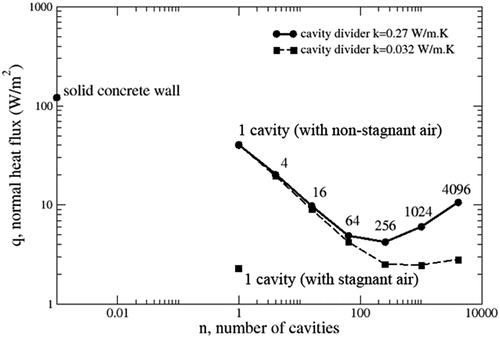Figures & data
Figure 1. 3D Printed Concrete Walls Classification based on their patterns. The classification also applies to slanted, curved, and organic shape walls. (Source: classification and figures by the authors)
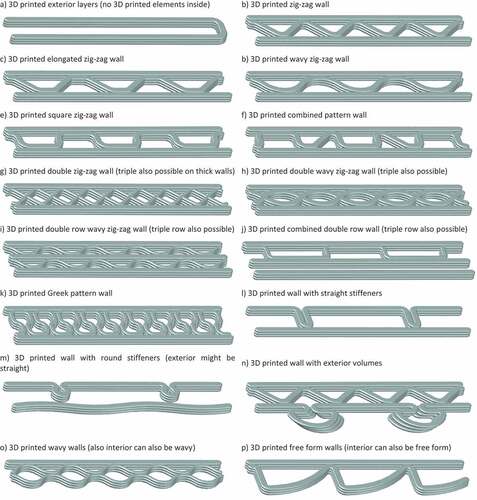
Table 1. Examples of densities of 3D printed concrete mixture
Figure 2. Examples of 3D printed concrete walls with large cavities. As per the classification in Figure , the walls in the photo correspond to “3D printed exterior layers” (at the left) and “3D printed wall with straight stiffeners” (at the right). (Source: Dubai Electricity and Water Authority©).
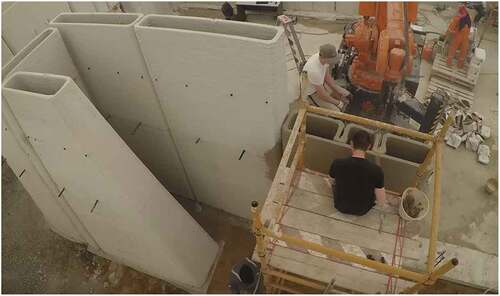
Table 2. Thermal studies on wall cavities, hollow masonry units, and glazing air spaces
Figure 3. Two-dimensional computational domain with concrete and air segments and boundary conditions.
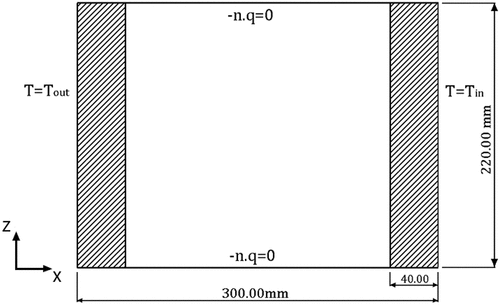
Table 3. Properties of concrete mixture and the air
Table 4. Number of subdivisions of the original cavity and resulting sub-cavities sizes
Figure 4. Comparison between the present numerical model temperature contours for Ra = 104, 105, and 106 in a square cavity at the first row and the benchmark solution (Wakashima & Saitoh, Citation2004) at the second row.
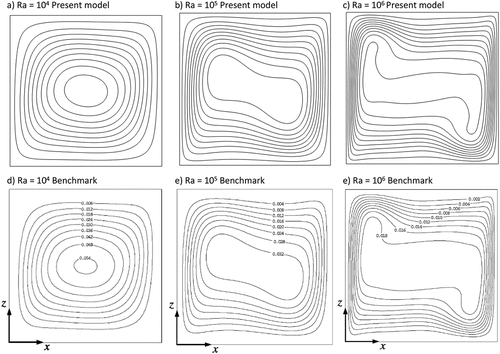
Table 5. Normal heat flux in each of the studied cases
Figure 6. Air velocity profiles and temperature on the cavities with 1, 4, 16, 64, and 256 subdivisions.
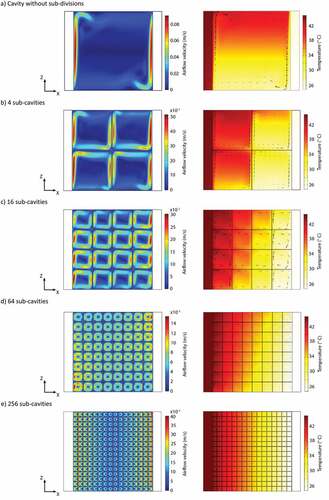
Figure 7. 3D projection of temperature profiles for cavities with no subdivisions and with 4 and 256 sub-cavities.

Figure 8. Non-dimensional temperature gradient inside the air space with four cavities for Ra = 104, 106, and 107.
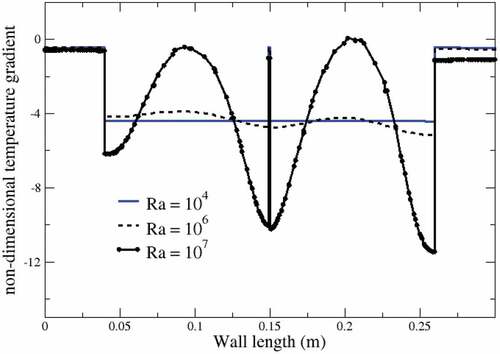
Figure 9. Non-dimensional temperature gradient inside the air space with 16 cavities for Ra = 107 and case of no flow, i.e., Nu = 1, temperature gradients still are significant.
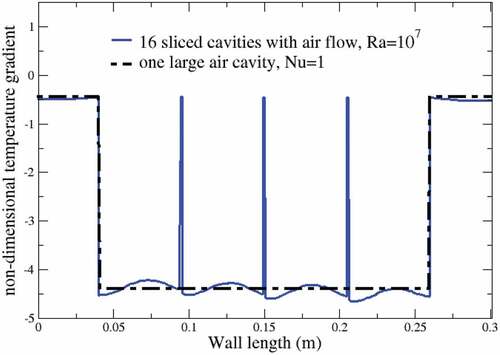
Figure 10. Non-dimensional temperature gradient inside the air space with 64 cavities for Ra = 107 and case of no flow, i.e., Nu = 1, temperature gradients are becoming less significant.
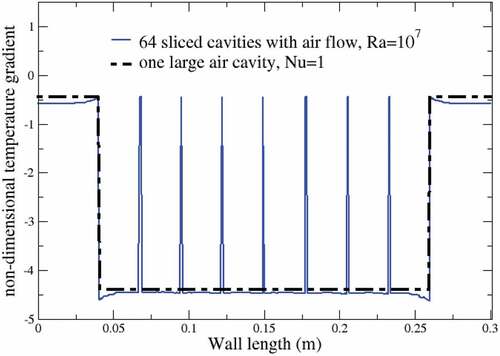
Figure 11. Variation of heat transfer coefficient (h) with air cavity width between vertical plates.
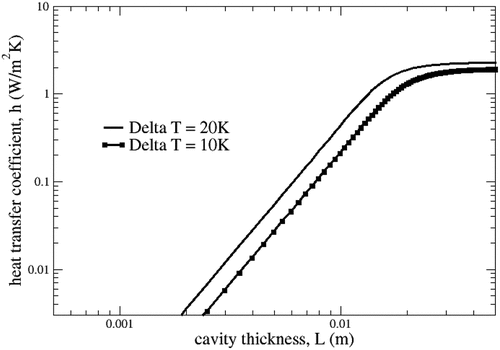
Data availability statement
“Some or all data, models, or code that support the findings of this study are available from the corresponding author upon reasonable request.”

